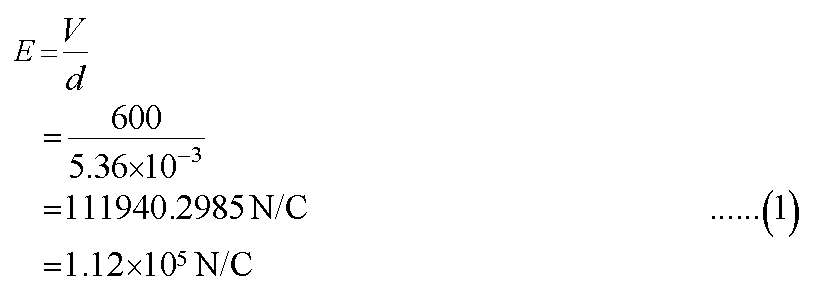Oppositely charged parallel plates are separated by 5.36 mm. A potential difference of 600 V exists between the plates. (a) What is the magnitude of the electric field strength between the plates? N/C (b) What is the magnitude of the force on an electron between the plates? N (c) How much work must be done on the electron to move it to the negative plate if it is initially positioned 2.92 mm from the positive plate? J
Oppositely charged parallel plates are separated by 5.36 mm. A potential difference of 600 V exists between the plates. (a) What is the magnitude of the electric field strength between the plates? N/C (b) What is the magnitude of the force on an electron between the plates? N (c) How much work must be done on the electron to move it to the negative plate if it is initially positioned 2.92 mm from the positive plate? J
Related questions
Question
Oppositely charged parallel plates are separated by 5.36 mm. A potential difference of 600 V exists between the plates.
(a) What is the magnitude of the electric field strength between the plates?
N/C
(b) What is the magnitude of the force on an electron between the plates?
N
(c) How much work must be done on the electron to move it to the negative plate if it is initially positioned 2.92 mm from the positive plate?
J
N/C
(b) What is the magnitude of the force on an electron between the plates?
N
(c) How much work must be done on the electron to move it to the negative plate if it is initially positioned 2.92 mm from the positive plate?
J
Expert Solution
Step 1
a)
Let the separation between the plates be d and the electric potential difference between the plates be V.
The magnitude of the electric field strength between the plates is calculated in the following way.

Trending now
This is a popular solution!
Step by step
Solved in 3 steps with 4 images
